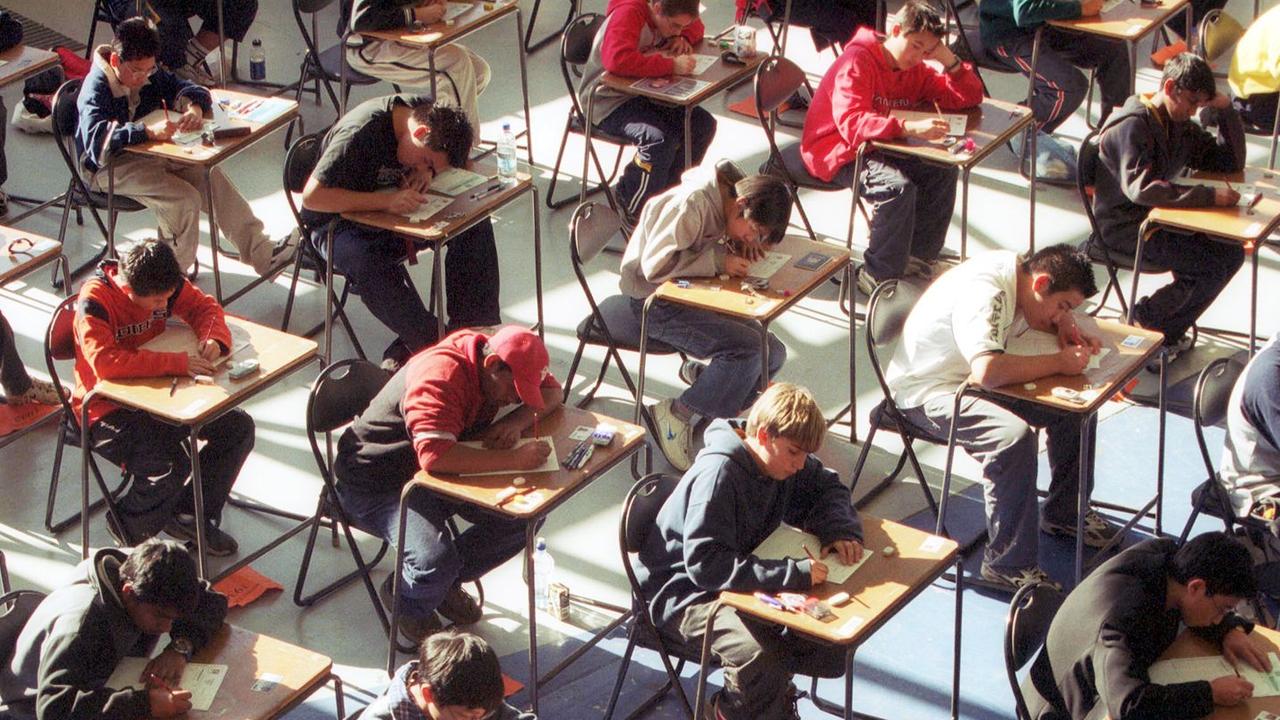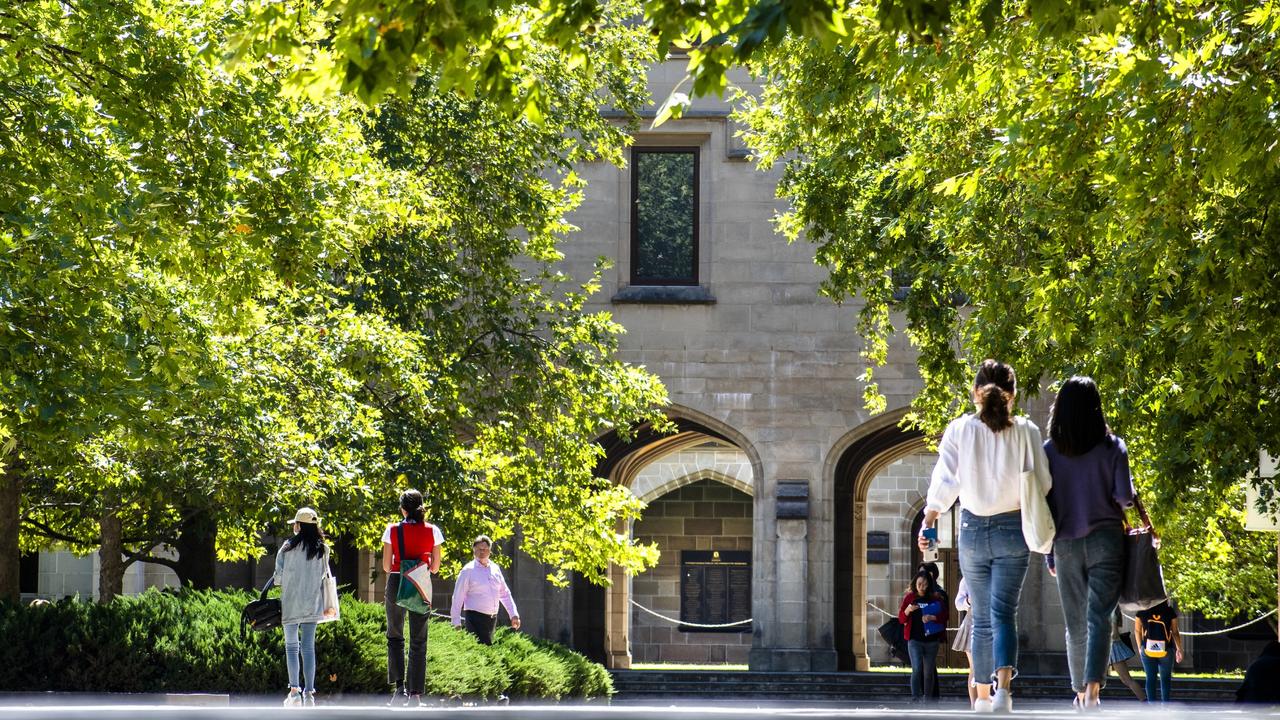The shock amount elite private schools pocketed during Covid
Victoria’s 16 richest private schools reaped more than $1bn in one year — equal to the combined income of 127 of the state’s poorest schools.
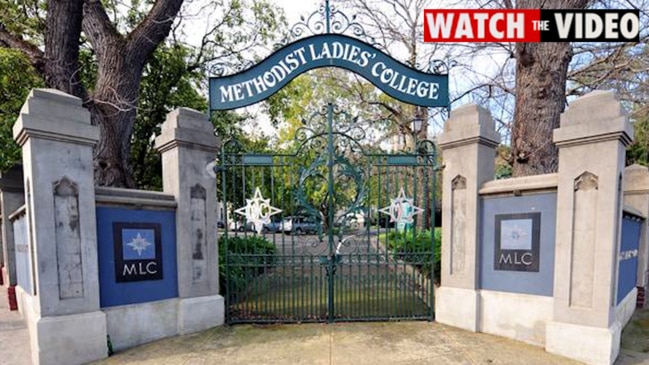
Education
Don't miss out on the headlines from Education. Followed categories will be added to My News.
Victoria’s 16 richest private schools had a net income of more than $1bn in 2020, equal to the combined total income of 127 of the state’s poorest schools.
Thanks to high parent fees and generous JobKeeper handouts, elite institutions survived and even thrived through Covid, many increasing their incomes from 2019 to 2020.
Wesley College and Haileybury College, the state’s two richest schools, had net incomes of more than $127m in 2020.
Herald Sun analysis shows students at some struggling institutions had almost four times less spent on them than those at richer schools – a difference of $26,000 per student.
Some schools, such as Wesley College, increased their earnings by up to $18m since the pandemic began thanks to JobKeeper handouts.
The school suffered a drop in revenue of 30 per cent at one point in 2020, and thus met the JobKeeper threshold. However, it had a net income of $127m in 2020 compared with $114m in 2019, consolidating its financial position.
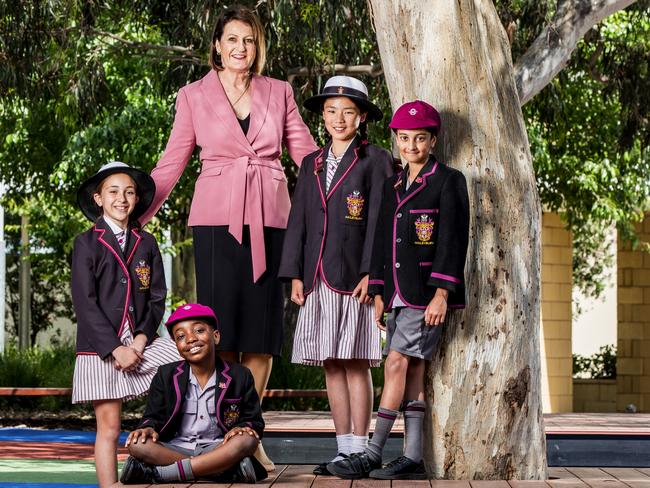
Penleigh and Essendon Grammar, which received $9m in JobKeeper, increased its total net annual income from $60m in 2019 to $66m in 2020.
Private schools are mostly funded by parent fees and the federal government while state schools are primarily funded by the state. Analysts say recent efforts to level the playing field for poorer schools through the Gonski Review reforms have failed.
Trevor Cobbold from the Save Our Schools lobby group said taxpayer money spent on private schools had increased five times faster than for state schools over the past decade.
“Current funding arrangements ensure wealthy private schools get first call on quality teachers and continue to gold-plate their facilities while public schools face teacher shortages and operate in substandard buildings,” he said.
The 100 richest independent schools have a combined income of $3bn compared with $734m for the poorest 100. The vast majority of lower-income schools are state high schools.
These have average annual incomes of $8m, compared with the top 100 schools, which have average incomes of $32m.
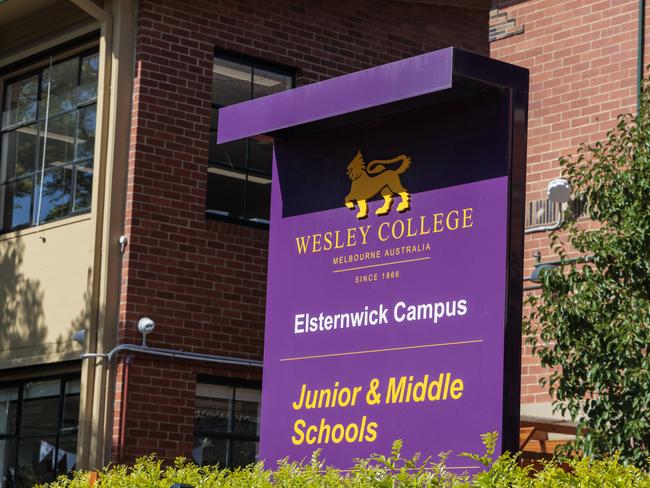
Even when the size of the school is taken into account, the amount spent on each student differs vastly.
Funding for each Wesley College student is $38,804 and for each Haileybury College student $30,336. This compares with $10,941 per student at Featherbrook College P-9, a state school in Point Cook with 1035 students.
All schools receive some private funding through donations, fees and bequests.
In 2020, Korowa Anglican Girls’ School received the most private funding of $8.8m, compared with $748,000 in 2019.
Some schools such as Melbourne Grammar found Covid affected donations. It received $8.7m in 2019 – the state’s highest – but $4.3m in 2020.
The funding differential is affecting student learning, educational experts say.
Independent Schools Victoria chief Michelle Green said independent schools were “overwhelmingly funded by fees paid by parents, who pay for the day-to-day costs of running the school and for the construction and maintenance of facilities. In government schools, all of these costs are met by the taxpayer”.



